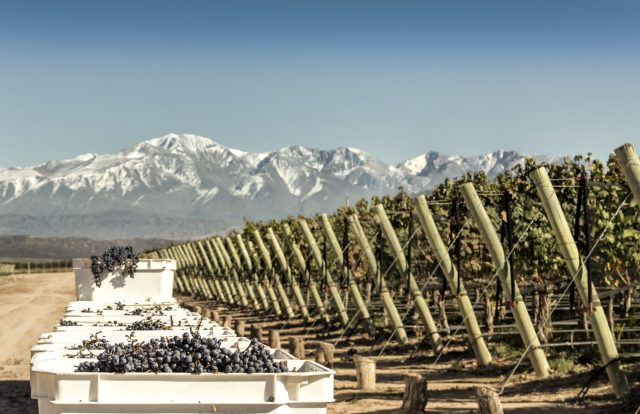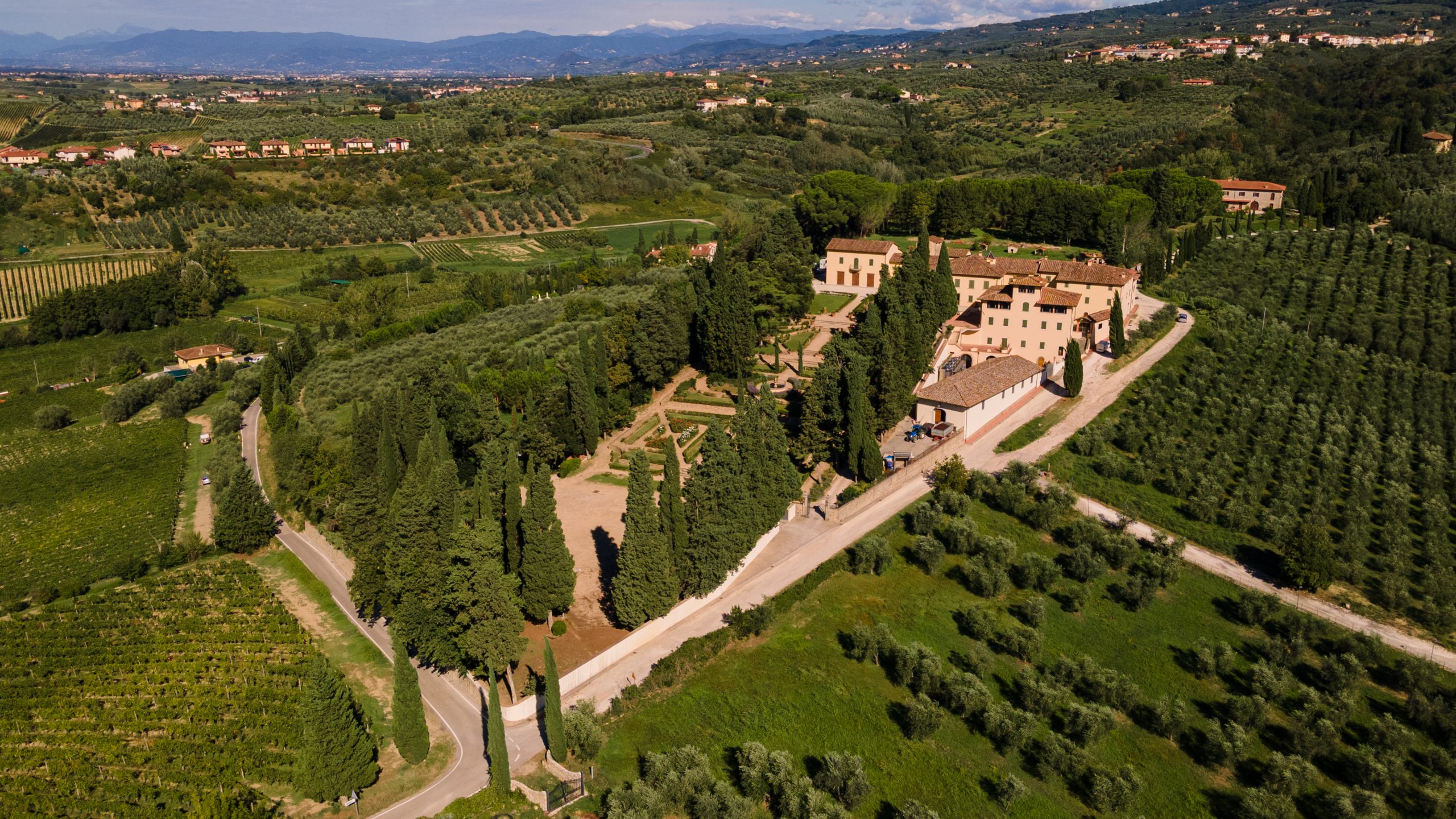Argentina 2025: a vintage of two halves
Across most of Argentina, vintage 2025 began as one of the earliest and warmest on record but was split in two, with the latter half interrupted by rains and cool weather. Although winemakers are excited about the quality of grapes harvested on either side, the character of the wines is set to be quite different.

Good snowfall and cold temperatures in the winter laid a strong foundation for a good fruit set and yield throughout Argentina, improving the outlook from the lower yields of 2024 and 2023.
Spring rains were also generous and reduced the threat of spring frost. “These initial rains set the tone for a cool start to the season, with water-laden soils that gave the vines a strong and energetic beginning,” says Sebastián Zuccardi, winemaker at Zuccardi.
The season, however, would not be linear. Heatwaves in January and early February triggered a rapid advance in ripening. This led to some of the earliest harvests on record, with Malbec in particular ripening up to three weeks early. “I harvested our Malbec in Agrelo on the 17th of February, which is a historic record in terms of early harvest,” says Juan Pablo Murgia, winemaker at Argento.
Not only did the early ripening present a logistical challenge, with white varieties and some red varieties being squeezed into the same time frame for harvest, but also oenological challenges. “The heatwaves halt maturation but dehydrate grapes and increase sugars, so you needed very good management in the vineyard and winemaking,” added Murgia. “You need to be very careful with the macerations for early-harvested red wines because they were not fully ripe in terms of tannins, and so you need to macerate carefully.”
Unpredictable timings
Interestingly, due to the unusual dynamics of the season, Murgia completed harvest in San Juan after Mendoza — a reversal of the typical order and a telling sign of how unpredictable this vintage truly was.
In Northern Argentina, the vintage came similarly early and with promising yields. “In the central regions of the Calchaquí Valleys, we had an early harvest, in which we were starting to pick in early February for Malbec,” said Paco Puga, a consultant throughout Northern Argentina and winemaker at El Porvenir. “Although the higher-altitude parts of the Calchaquí Valleys — the cooler parts — were more normal in timing, with harvest in late March through to early April.”
Javier Grane from Bodega Colomé adds that the vintage was good in quality as well as quantity: “We have had very good yield this year and excellent quality across the Calchaqui Valleys, with very healthy grapes.”
The second half — or face — of 2025 in Mendoza
Fortunately, most producers in Mendoza had all their white grape varieties harvested before the end of February, when a sudden drop in temperatures and several extended rain showers halted ripening. “From mid-February onward, rainfall and lower temperatures slowed the ripening of certain grape varieties and regions, bringing us back to more typical harvest dates,” explains Zuccardi. “In some cases, there were even delays in the accumulation of sugars in the grapes.”
The significant staggering of the two different harvest windows meant that parcel selection across vineyards was crucial for top quality, picking by region rather than by variety. Fortunately, the terroir-focused studies that have been prevalent in Mendoza’s top wineries in recent years laid a strong groundwork.
Partner Content
“We know that the soil-based parcel selection work we do in the vineyards is key, as it allows us to move quickly where needed and wait in areas that ripen more slowly,” adds Zuccardi. “In years like this, vineyard management is essential. In Gualtallary and Altamira, for example, we started picking early — especially in the more stony soils, which ripened very quickly — while medium and deeper soils took longer. In San Pablo, for example, the harvest took place at a normal time.”
Top quality for white wines and surprisingly ‘cool’ reds
Despite it being a warm year in terms of temperature averages, winemakers are talking of the expression in the cellars revealing something else. “It was a warm year, but some of the wines fermenting are taking on more of the character of a cool year,” says Murgia.
In general, winemakers report that the reds harvested before the rains are more fruit-driven but exhibit vibrant acidity and a floral character, whereas the reds harvested after the rains reflect the cooler temperatures, with lower alcohol levels and a more austere profile.
Meanwhile, in the north, Puga also reports on reds with “balanced alcohols, lovely freshness and good concentration.” What struggled a bit more in Northern Argentina was the Torrontés this vintage: “The early-ripening white wines are showing great freshness, but Torrontés was a little harder hit by the heatwaves and is less fresh.”
Although some of the harvests in southern Argentina are still underway, reports from Argentina’s southernmost wine region in Chubut are promising. Sofia Elena, winemaker at Contra Corriente, says the dry summer has offered a promising yield and good quality fruit — set to be picked next week.
Southern vineyards
While Murgia — also head winemaker at the world’s southernmost vineyard, Otronia — has already harvested and describes the vintage as exceptional, despite slightly lower yields due to strong winds. “Yields are 20% lower than last year, but the quality is exceptional — with excellent acidity and maturation. Our Malbec has 14.3% potential ABV with 11 g/l total acidity (before malolactic fermentation) and 3.1 incredible pH, and the Pinot Noir and white wines are also showing excellent quality.”
Though 2025 offered its share of hurdles around the country, winemakers who adapted quickly and tailored their picks to the nuances of soil and site were richly rewarded. “It’s a very good vintage,” concludes Zuccardi. “I sense energy, freshness, good balance, and balanced alcohol levels.”
Vintage 2025 looks likely to reflect the increasingly changeable weather conditions in Argentina but also the growing precision of the country’s viticulturists and winemakers — the best of whom allowed elegance to triumph over heat.
Amanda Barnes MW is the drinks business´ regular South America correspondent and author of The South America Wine Guide.
Related news
Hors Bordeaux 2025: North and South America and China tasting notes
South American drinks professionals educated on sake in Ecuador




